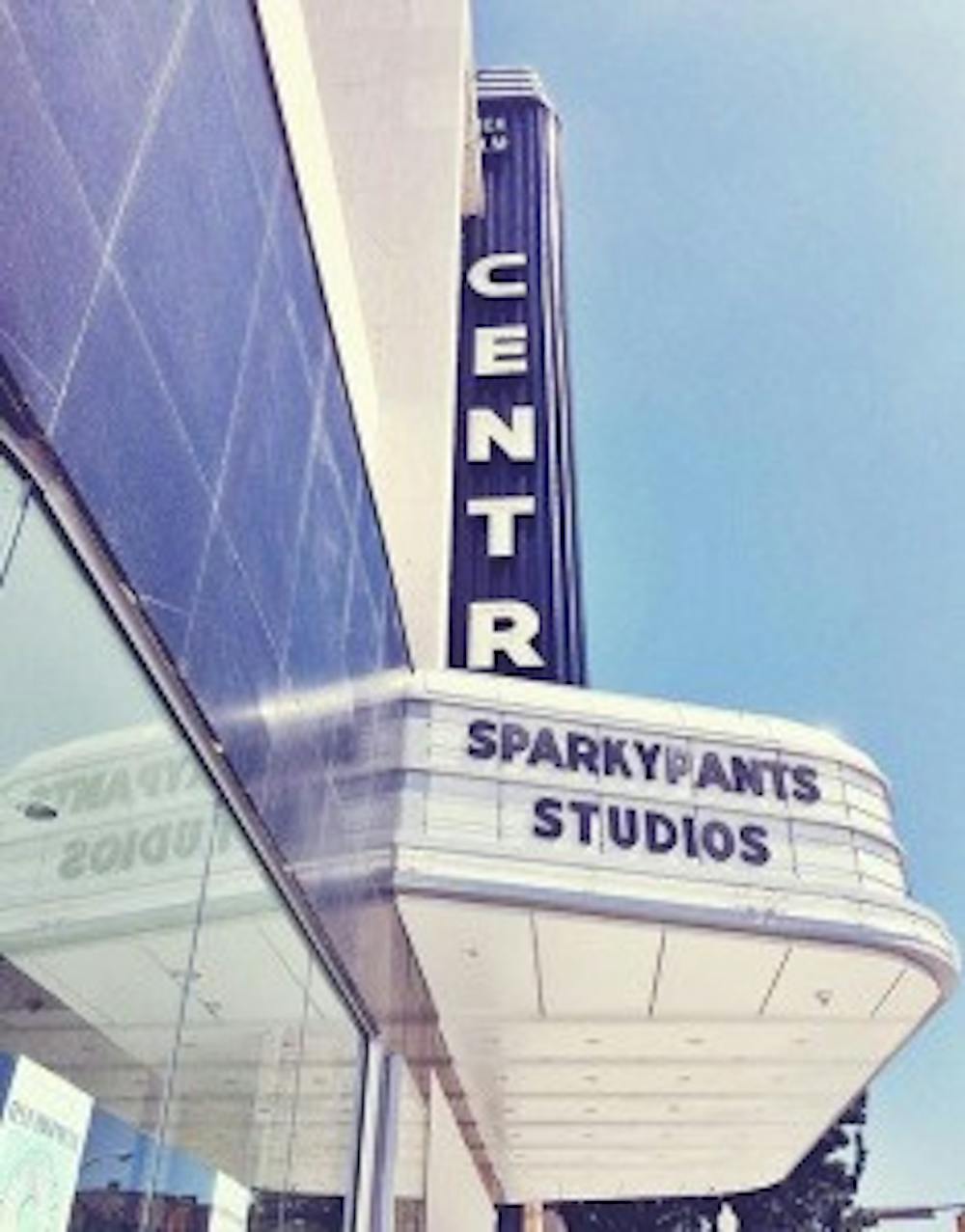By ANNA WESCHE
The JHU/MICA Film Center is now open at Baltimore’s Station North Arts and Entertainment District. The Hopkins program in Film and Media Studies and MICA’s Film and Video Program partnered to create a 18,000-square-foot state-of-the-art production facility that hopes to attract all types of students from both Hopkins and MICA.
The Hopkins program in Film and Media Studies began working with MICA back in 2005. The first collaborative film class between the two schools was initiated in 2008. Seven years later, the student bodies have integrated themselves within the historic Centre Theater.
In 2013, the Andrew W. Mellon Foundation granted Hopkins with $1.2 million to encourage a closer partnership between the Johns Hopkins Peabody Institute and the Krieger School of Arts and Sciences through bridge professors. A portion of these funds were designated for hiring a professor for the Sound on Film class.
Eventually, musician Thomas Dolby was appointed as the first Homewood Professor of the Arts and has overseen much of the Film Center’s creation.
Junior Hopkins student Genevieve Ott, a Film and Media Studies major, is excited by the opportunities that will be available to students through the new center.
“It’s so great that Hopkins is investing in the arts by making this new space and partnering with MICA,” Ott said. “The facilities are fantastic and the [Film] Center is going to open up so many doors for student filmmakers.”
Sophomore Hopkins student Brian McConnell, a Film and Media Studies and Economics double major, echoed Ott’s enthusiasm.
“I feel really lucky to be here for the opening of the Film Center because it’s already doing amazing things for the film community at Hopkins,” McConnell said. “Not only is there more high-tech equipment available, but students are now more able than ever to receive both training and experience with the equipment and unique facility.”
The center includes a large screening room that presents both digital video and 16 millimeter films, a 600-square-foot sound recording studio with vocal dubbing and foley mixing capabilities, a 2,000-square foot cyclorama green room soundstage with room for set building and studio shooting, and a film room containing the 16 millimeter Steenbeck film editing table.
Additionally, individual editing suites, a computer room with 25 Macintosh computers, an equipment cage, and multiple classrooms, lounges, and meeting areas are available to students in the new space.
The project, worth approximately $10 million, has updated the once-abandoned location with a sleek design. Sophomore Julia Bateh was impressed by the appealing aesthetics of the new center.
“The inside is strikingly bright, from both the freshly coated paint and the natural light that is let in, and [the space is] spacious and highlighted with bright green décor. I am excited to explore the rest of the building throughout my time there,” she said.
In order to cater to now-migrating students, the Homewood-Peabody-JHMI shuttle has added an additional stop at North Avenue to both its northbound and southbound routes. Bateh also commented on the nice change of pace from Homewood campus.
“After being on Homewood for hours every day, I appreciate being able to get to a different environment for a few hours and have a change of scenery,” Bateh said. “I especially appreciate the change of pace as a Neuroscience major and the opportunity to take a film class in the first place.”
McConnell says that the new facility makes him more connected to the Baltimore community.
“The Hopkins film community has been expanded immensely through the new linkage with the incredible film community at MICA,” McConnell said. “Additionally, I feel more like a member of the Baltimore community than before by spending time in another neighborhood so often, despite it being less than a six minute JHMI ride away.”
The center will also house the first class of students in the Film and Media Studies Master of Arts degree.
There are currently 10 students in the first class offered at the center. There are three contrations in the program: a business concentration, a sound concentration and a writing concentration.
Linda DeLibero, director of Johns Hopkins' Film and Media Studies commented on the center in an article on the HUB.
"Students can now have access to everything they need to make professional films from their first day at JHU," DeLibero said.
















